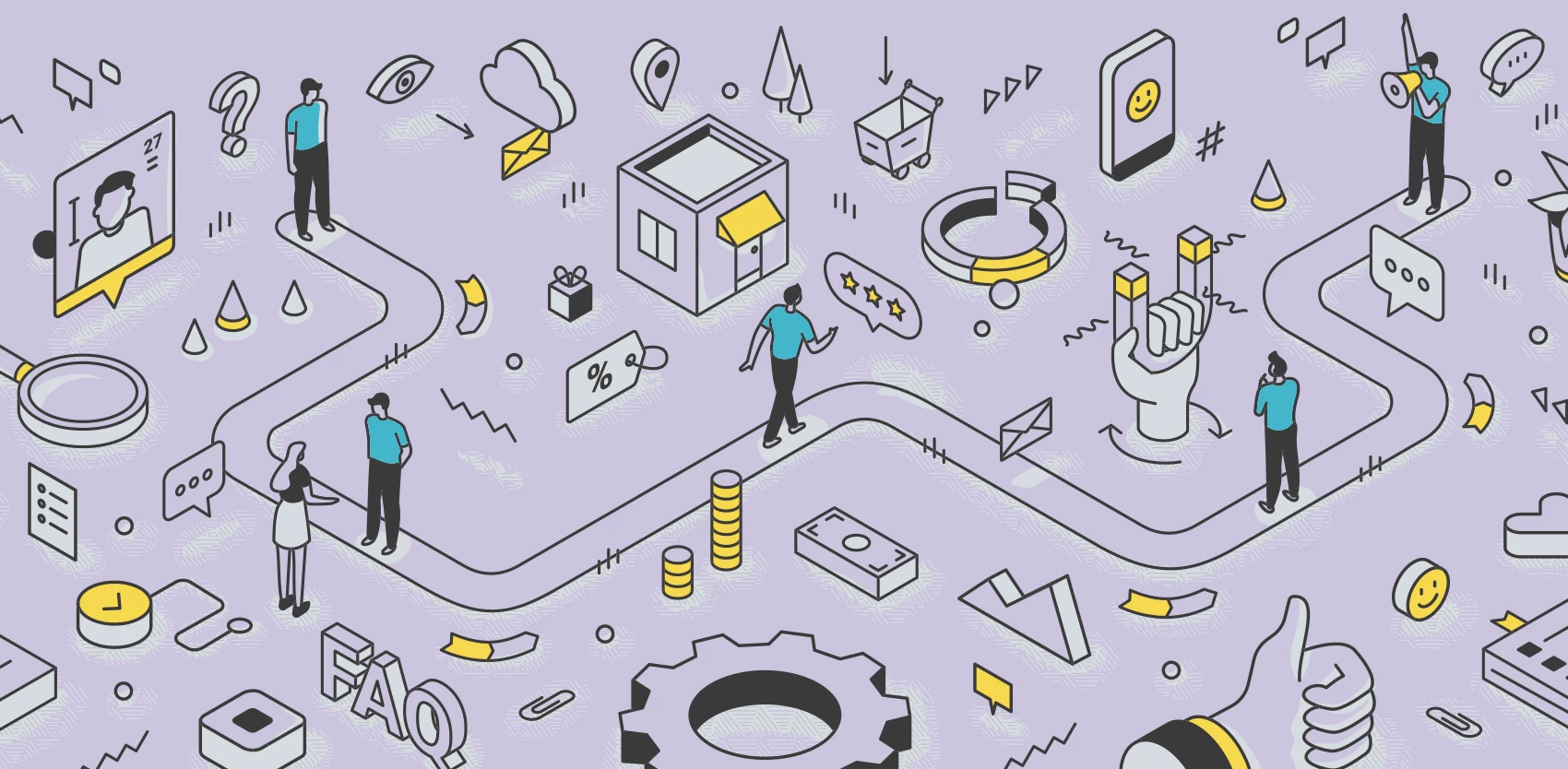The importance of mapping your customer’s journey

You’ve spent money on finding and engaging customers, hoping that you can find them in that “moment of truth.” You guess, hope and trust that you know how far along they are on their journey and what they are doing as you place ads or create an experience to suit their needs.
But let’s be honest: a customer’s life changes constantly. Look at your own life: we don’t know what we’ll be thinking from one day to the next. So why should the customer care about your offering? Does she or he need this product or service? Has she had a positive experience with your brand before? Are you serving him the tools to engage in the way he would naturally engage (mobile on the road, desktop at home, etc.)?
Marketers can only be successful if they put the customer and her or his expectations at the core of everything they do, hence the term customer-centric.
I know what you’re thinking. It seems strange to base such important business decisions on a simple “map”. But put it this way: would you build a house or do renovations without looking at an architectural drawing? A journey map is the same thing. It gives you a foundation from which to start, a before-and-after.
Besides, how confident would you be investing your marketing dollars on tools and applications that should last several years at least, while relying on assumptions and guesswork?
A journey map is simply a snapshot of the customer that is informed by data. It takes you through the 3 deciding factors:
- Business (what goals you need to achieve)
- Market (what your competitors are doing, what customers expect -- fast delivery, personalization, etc.)
- And most importantly, the customers’ expectations (where are they, what are they doing, what will they engage with now and in the future)
We then look at their lifecycle, from the moment a need arises to the moment they repeat their behaviour. What tools are they automatically reaching for, what are they thinking and doing?
A journey map is a candid view that guides you in making informed decisions and reducing risk. Measure twice, cut once.
How do we find this information? That’s the job of customer and market research, but that’s another blog post. ;)
Finally, a journey map is not a one-and-done. It’s a living document, one that must reflect the ever-changing market and customer expectations. Use your journey map as a team rallying point. Look at it weekly, if not daily, and ask the questions, “Is this still true? How do we know?” Refresh, relearn.
